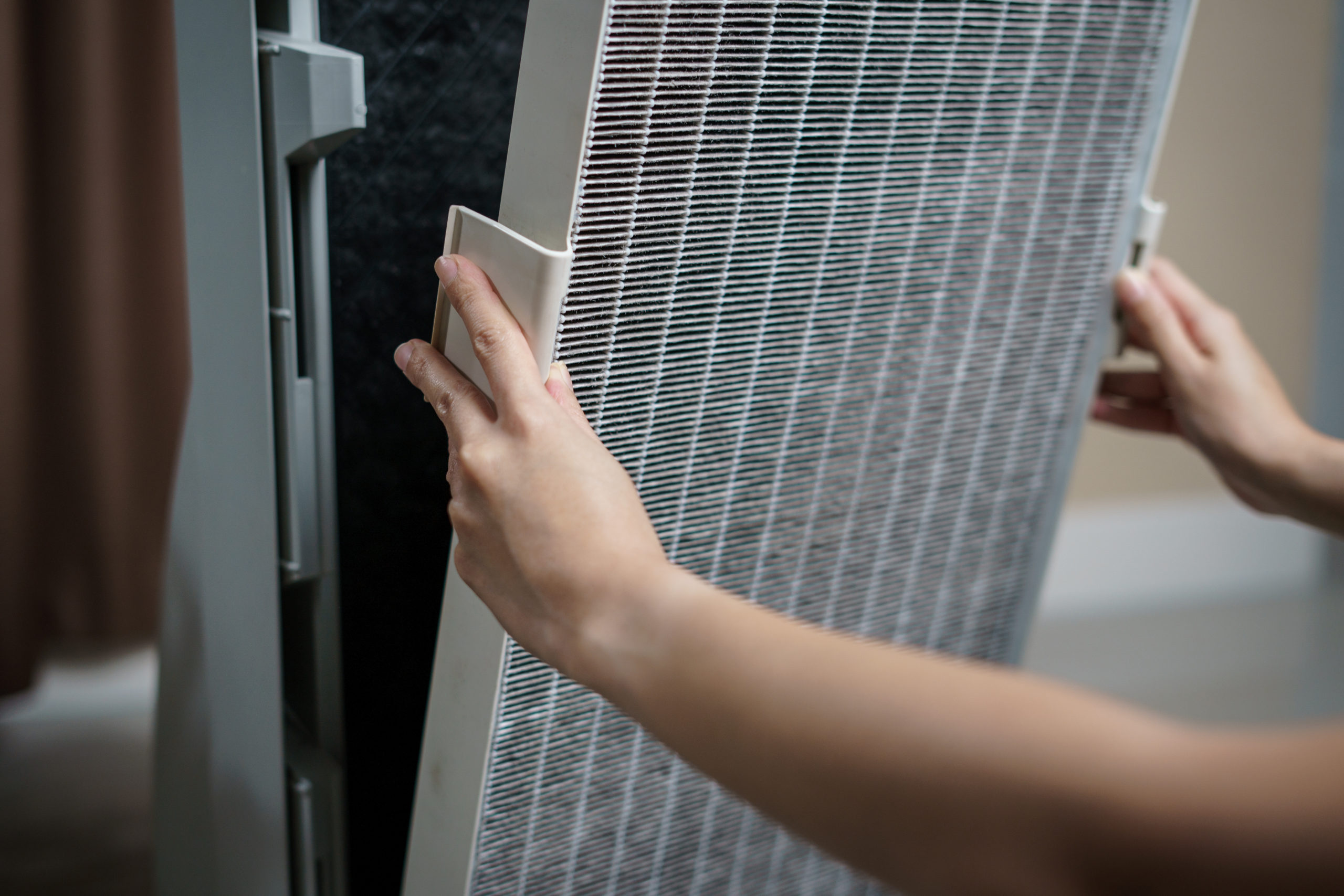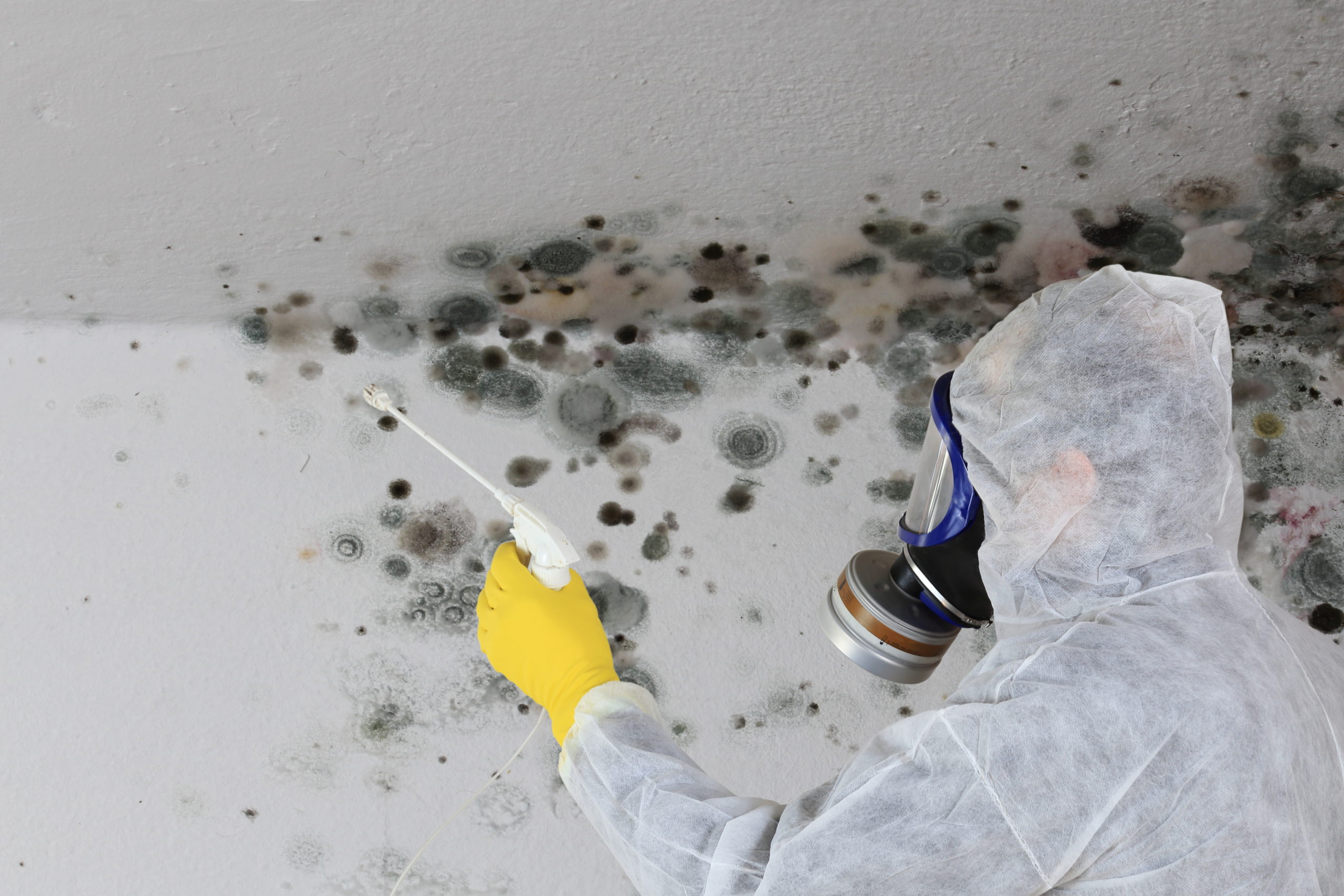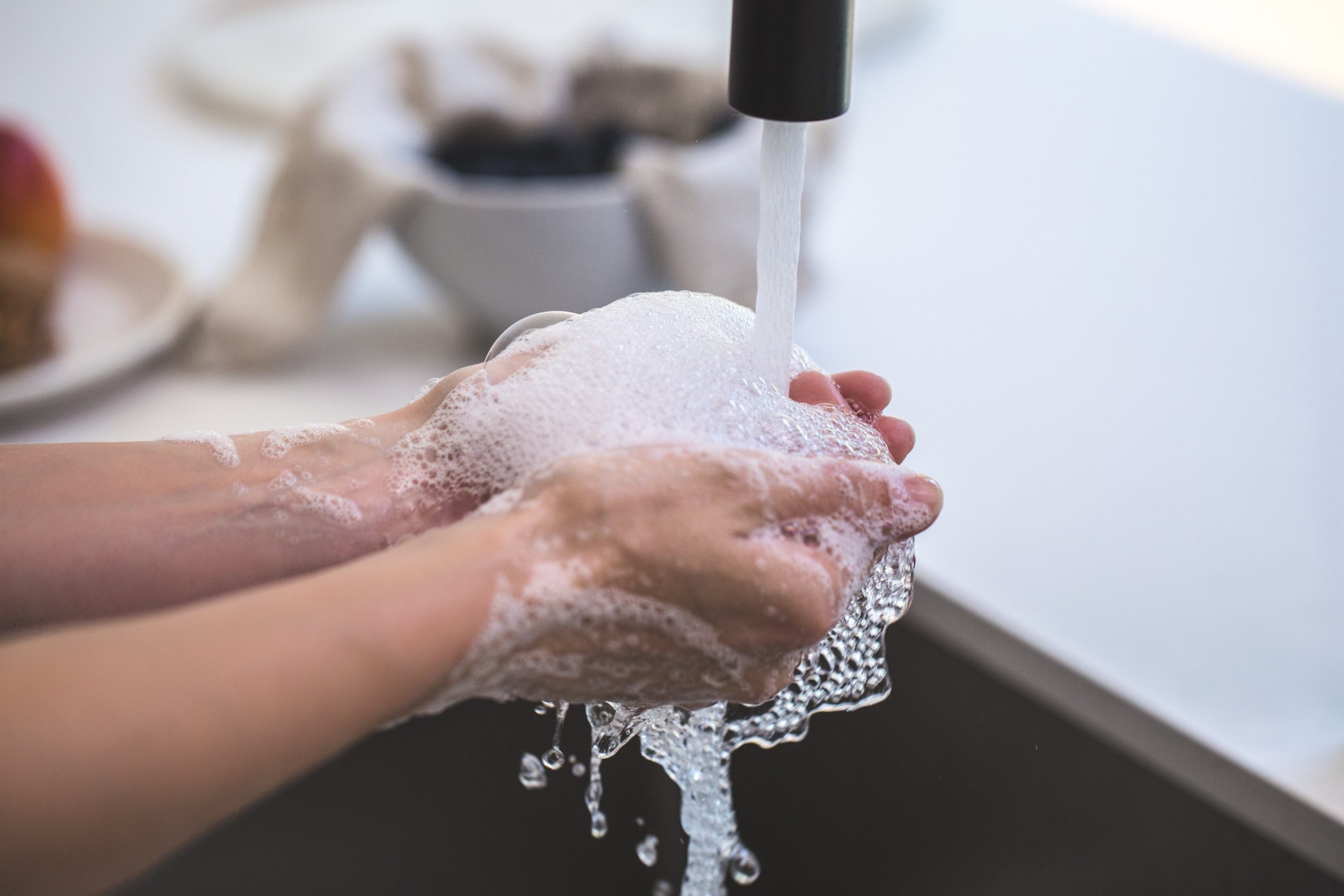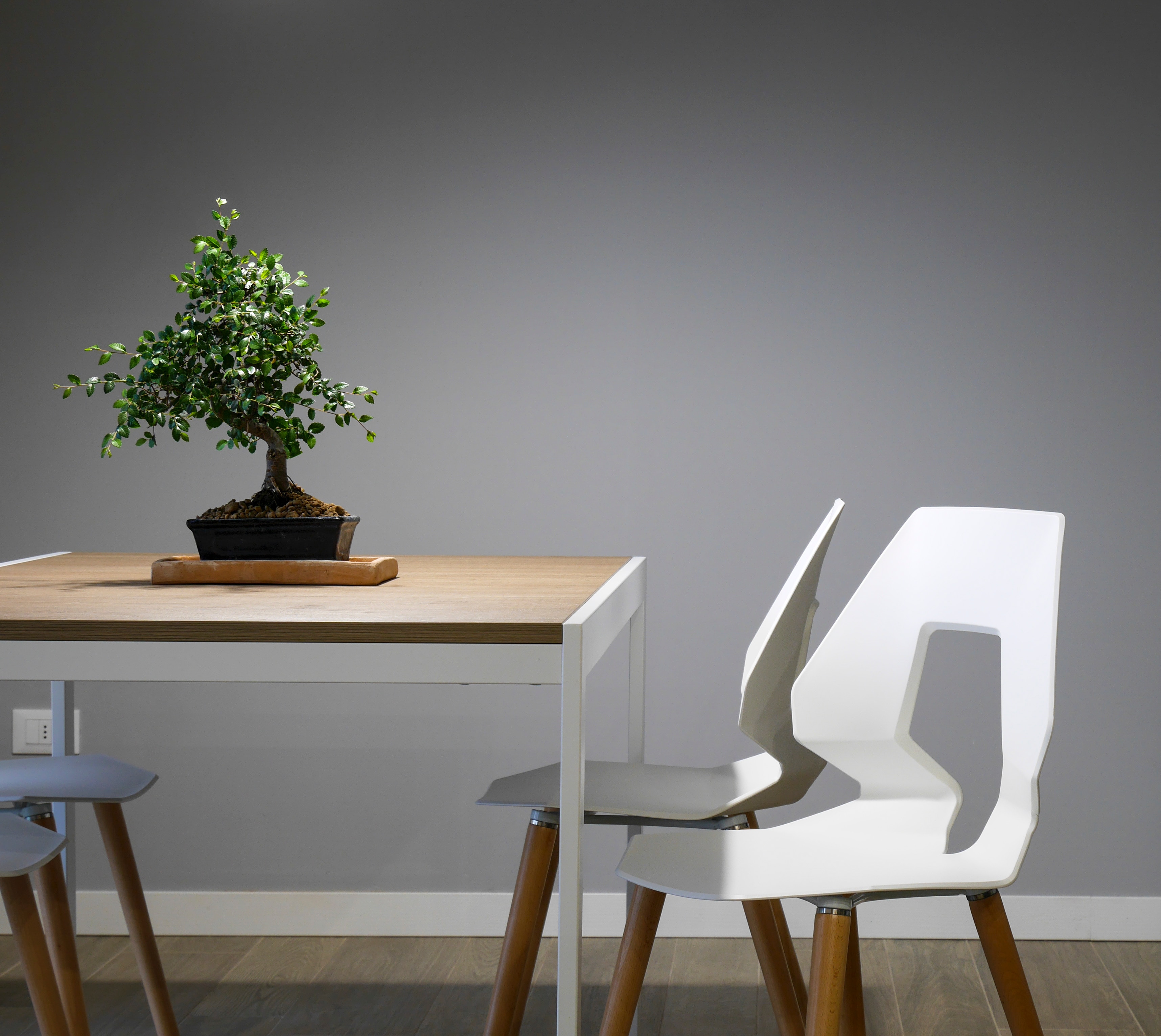 It’s one thing for one cleaning company in the US to claim that the ingredients in your cleaning products are harmful, but you’d probably believe it if it was the front page expose in the Chicago Tribune, which is exactly what happened in May when investigative reporters Patricia Callahan and Sam Roe began a week-long series on how chemical manufacturers are reacting to accusations.
It’s one thing for one cleaning company in the US to claim that the ingredients in your cleaning products are harmful, but you’d probably believe it if it was the front page expose in the Chicago Tribune, which is exactly what happened in May when investigative reporters Patricia Callahan and Sam Roe began a week-long series on how chemical manufacturers are reacting to accusations.
The arguments run the gamut from what it means for a particular chemical to be “green” to when or why a company could be forced to list the ingredients in a proprietary formula, often listed in ingredients a “fragrance” or “solvent” or some other generic term.
This isn’t about what happens if a child or adult is exposed or accidentally drinks a cleaner or soap…it’s what happens every minute of every day that you spend inside where chemicals are trapped and re-introduced every time you open that bottle.
This is why Castle Keepers and Modern Cleaning have risen above the “green” debate and simply removed cleaning chemicals from the cleaning formula. Chemical Free Cleaning uses plain ole tap water in select, EPA tested and approved pieces of equipment to clean and disinfect in one pass…no more 2-step processes…saving us time and energy and saving you the worry over whether our cleaning really is as green as we say. We’ll even share our sources to prove it!
 The Environmental Defense Fund created and posted this infographic this year. An infographic is a quick visual that highlights key points on a topic. And this one is about the many ways you bring potentially harmful chemicals into your home. While the infographic focuses on some of the worst chemicals and the variety of ways they enter your home environment, we want to point out that ALL SIX of the chemicals named below are ingredients in either the packaging or the proprietary formula of every cleaning product on the market.
The Environmental Defense Fund created and posted this infographic this year. An infographic is a quick visual that highlights key points on a topic. And this one is about the many ways you bring potentially harmful chemicals into your home. While the infographic focuses on some of the worst chemicals and the variety of ways they enter your home environment, we want to point out that ALL SIX of the chemicals named below are ingredients in either the packaging or the proprietary formula of every cleaning product on the market.
This year’s Toxies are coming up on June 24th. The Toxies are an Oscars-style “awards” show in Hollywood where actors play the roll of toxic chemicals that are largely hidden but always present in your everyday life. Each “nominee” has a resume available for review, identifying how the chemical is manufactured, what products it is found in, and what the known and suspected (through research studies) side-effects the chemical produces in humans. Here are the resumes for the six offenders named in the EDF infographic:
· PFCs
· BPA
· Toluene
· PBDEs
What does this mean to you? Well, it depends on who you are.
If you clean for a living, you are exposed to these chemicals every time you spray, dilute, rinse, mop, scrub…over and over each day. How are you feeling? We know that our cleaning technicians may be tired at the end of a full day of cleaning homes, but that they can breath well, their eyes don’t sting, their skin isn’t dry or itchy…all because our cleaning procedure is chemical free…truly chemical free…because we don’t even play around with so-called “organic” or “natural” cleaning ideas (which don’t actually work).
A large majority of the studies on how cleaning chemicals affect the human body have been focused on the people who use them 8 hours a day, day in and day out: hospital janitorial staff, nurses who turn rooms in hospitals and doctors offices, veterinary technicians who clean rooms and tools between pet exams and procedures, day care staff who wipe down lunch tables, cribs, and craft areas several times a day.
But what about the mom or dad or younger person earning chore allowance by cleaning the dishes and counter and table after dinner? Dusting with a spray and cloth after school? Or spraying air fresheners to make it seem like you cleaned when you really didn’t? The info graphic is about those folks, the ones who might clean once a week…or less…or who don’t clean at all but visit places or homes where cleaning is a regular activity.
You want a clean home, whether for the appearance of clean or for actually disinfecting key surfaces. We want good cleaners who stay healthy and can work with us to clean your home for a long time. Let’s work together to meet everyone’s needs!
Cleaning is about health. That is the number one objective of cleaning ~ to remove contaminants that threaten the health of the people who live and work in the area. If the procedure is safe, there is so much less to worry about when cleaning.






